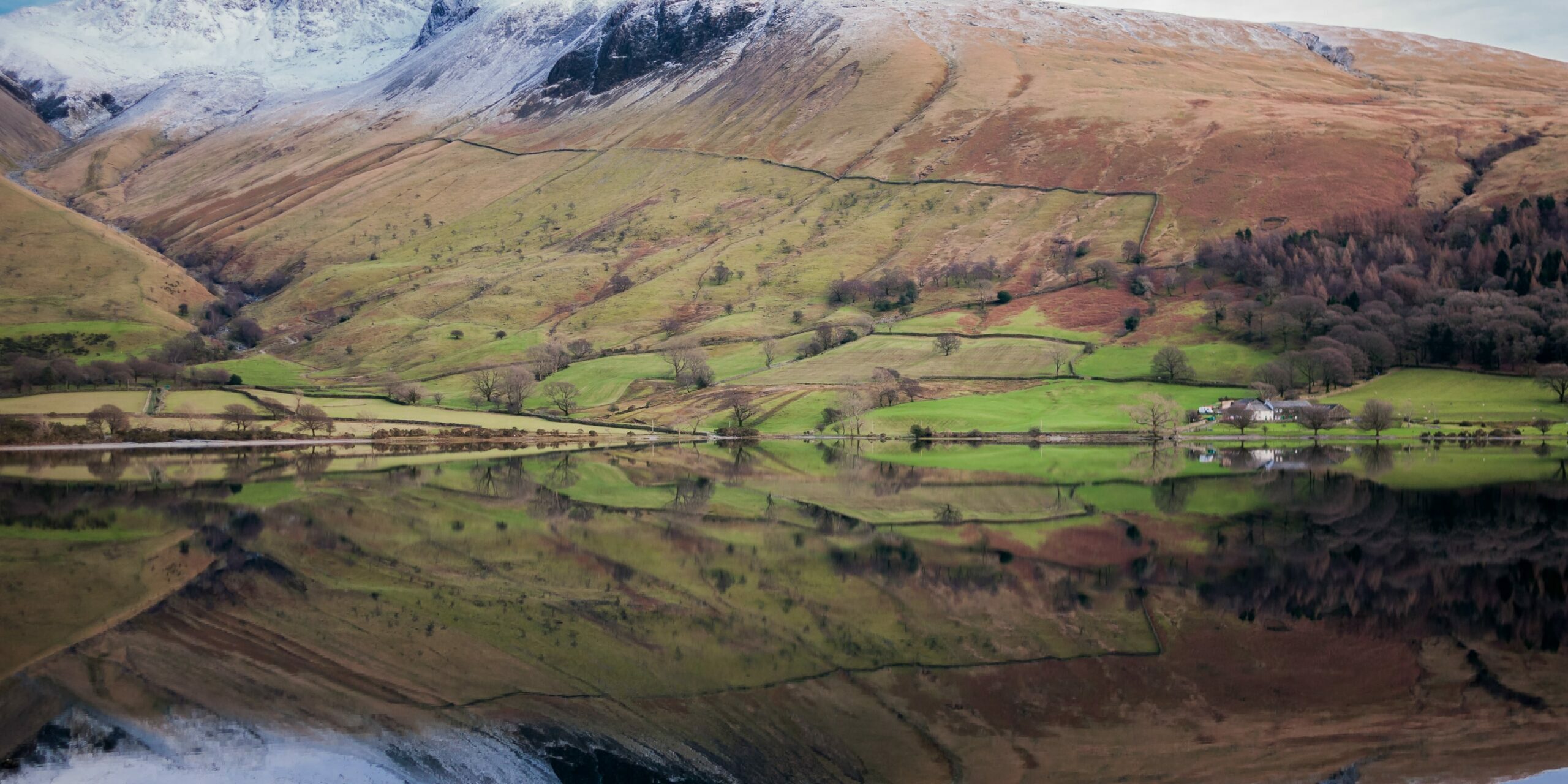Last year we blogged about why we think Cumbria is one of the best places to visit (or retire to) and in this new edition we’re going to expand on things to do in Cumbria for families.
When you’re based at our Cumbrian park (Willow Tree Holiday Park at Grange-over-Sands), the whole area is yours for the taking, with many brilliant opportunities for fun right on your doorstep. The fact Daly Parks operates one of the best static caravan sites in Cumbria (and always has static caravans for sale in Cumbria) means you’re about to set yourself up for the perfect holiday home or your ideal retirement home.
Top places to visit and things to do
1. Scafell Pike
This is the highest mountain in England (at 3,029 feet above sea level). Located in the Lake District National Park, it’s a popular destination for those who are serious about their walking, hiking and climbing, and each year in excess of 100,000 people make their way to the top. If you don’t fancy the effort involved in doing that and would just like to take in a fantastically ‘unspoiled’ view, then the impressive fell can be admired from various spots around it – including the valleys of Eskdale or Wasdale.
2. Buttermere
While we’re on the subject of spectacular views and walking, then how can we not mention Buttermere? This lake is 1.24 miles long, 620 yards wide and 75 feet deep – and it’s often thought of as just about the most beautiful part of the Lake District. It takes two to three hours to walk the perimeter, with wonderful vistas all the way round. In St James, a small church in the village nearby the lake, a stone tablet set into a windowsill acts as memorial to Alfred Wainwright, the renowned walker and author of guidebooks which remain popular to this day.
3. Wordsworth country
The Lake District is, of course, often referred to as ‘Wordsworth country’ due to the town of Cockermouth being the poet’s birthplace and Grasmere and Rydal being his chosen homes. His cottage in Grasmere is now a museum to his life and literary achievements, and his house in Rydal (now owned by his descendants) can be visited and you can actually see the attic room he used as a study when he was Poet Laureate. The house commands great views of lake Windemere and the whole is possibly what the word ‘bucolic’ was invented to describe.
4. Beatrix Potter country
While we’re on the subject of remarkable writers let’s also turn our spotlight onto Beatrix Potter, creator of Peter Rabbit, Jemima Puddleduck, Mrs Tiggywinkle and more. Though she was born in London (in 1866) Beatrix holidayed in the Lakes annually, using income from her extremely popular children’s books to buy farms. She eventually becoming a sheep farmer and married a local solicitor and settled for good in the area.
When she died, in 1943, Potter gifted fourteen farms and thousands of acres of land to the National Trust. In the region you can visit Hill Top (her home), the World Of Beatrix Potter visitor attraction in Bowness-on-Windemere, the Beatrix Potter Gallery in Hawkshead and Wray Castle in Windemere. This 1840 castle in the Gothic style is the place Potter’s parents brought her on holiday as a child, and which made her fall in love with the Lake District.
5. Ravenglass
This wonderful coastal hamlet lies on the estuary of the Esk, the Mite and the Irt – and was an important naval base for the Romans in the second century. The Ravenglass & Eskdale Railway highlights the route used to bring iron ore from Eskdale, and is now a tourist attraction offering a fantastic journey through stunning countryside. Plenty of scope for landscape photography enthusiasts, here.
6. Long Meg & Her Daughters
For antiquarians, Cumbria is rich land – and perhaps the area’s finest stone circle is Long Meg & Her Daughters. This 69 stone circle has a diameter of approximately 350 feet and is the second largest in the country. Long Meg herself stands 12 feet high and is made of local red sandstone, whereas the other stones, the daughters, are smaller boulders made of rhyolite. It’s an impressive place – no wonder Wordsworth wrote a poem about this megalithic site and the musician turned stone circle authority Julian Cope named a remix of one of his hit singles after it.
7. Cumberland Pencil Museum
We like to throw a ‘curve ball’ into the mix from time to time when we come up with one of these ‘must visit’ lists. So the inclusion here of Cumberland Pencil Museum might not surprise you – but it’s for more than just the quirk. This museum in Keswick is a fascinating dip into history, beginning with a replica of the graphite mine which began the whole pencil industry more than 350 years ago.It travels through words and pictures to tell the story of this most useful everyday object, and if you’re the kind of person who gets a rush of joy standing in a branch of your local stationery superstore then you are going to be in heaven here.
This is one of those places that you might think is going to be boring but turns out to be charming – and it even includes some artwork from Raymond Briggs’ The Snowman (drawn using Cumberland products). The museum shop sells… yes, pencils!
Static caravans and Cumbria go together. It’s a wonderful part of England, and you’ll certainly need more than a weekend to get the very best out of it. More than a week or a fortnight, even. Once you’ve been you’re going to want to come back and explore the bits you missed first, second, third and fourth times around.
That’s where Daly Parks steps in – providing you with Willow Tree, the perfect spot from which to venture out into this magnificent part of our country. Returning to a static caravan on the park at the end of the day means returning ‘home’. If you’re thinking about buying and require more information simply get in touch, and we’ll be more than happy to help work through your query.


